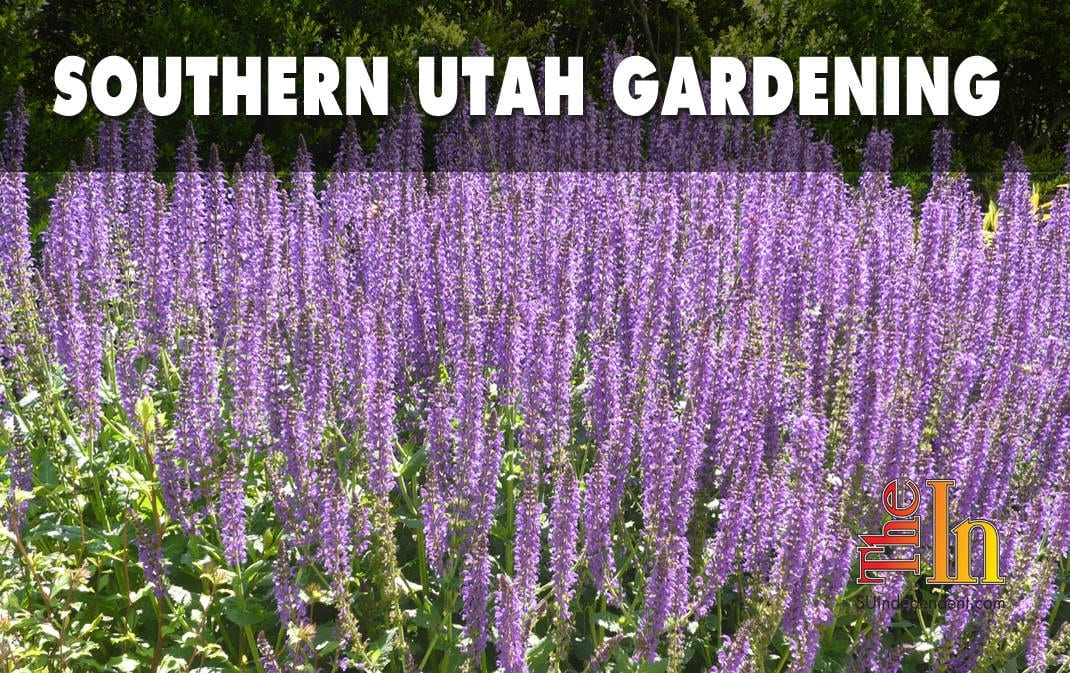
From Cedar City to St. George, meadow sage is a superb perennial for our southern Utah gardens. Meadow sage’s toughness and beauty, combined with its easy care and long blooming season, is sure to please any gardener. Want a rockin’ perennial in you garden for years to come? Make sure this perennial winner, meadow sage, ends up in your garden this spring.
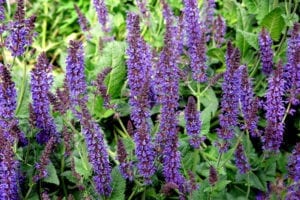
First, I will define “perennial” to make sure we’re all on the same page. Perennials are herbaceous, or slightly woody, plants that die back to the ground each winter and grow again from the root in the spring. Some are long-lived, living for many years, and some are short-lived, only coming back for three to five years. They all require easy pruning early in the spring to look their very best.
Meadow sage, also known as “Salvia sylvestris” or “Salvia nemerosa,” is available in a few different varieties, and almost all are some shade of blue. Most varieties grow 15–18 inches high and wide. However, Little Night is a new variety that is dark blue and only gets about 10 inches tall. There are also pink as well as white varieties. They all do very well in all parts southern Utah. They are deer resistant, rabbit resistant, and water wise, and they attract bees and butterflies. I’m telling you, it’s a winner!
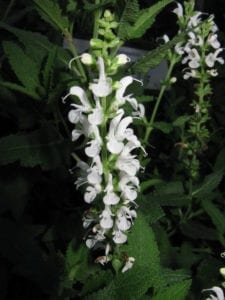
Meadow sages need full sun to bloom well but will tolerate some shade. They are also tolerant of sandy or clay soils. For the best flowers, dead head when blooms are spent. I often just cut back about half of the whole plant and then fertilize it. It’s easier than removing each spent flower. The fertilizer encourages the plant to regenerate and bloom again. Although our warm season is long, if you do this, you will have blooms from late spring to late summer.
I mentioned that meadow sage is water wise. It will tolerate drought, not thrive in a drought. So make sure to water sufficiently when the top one or two inches of the soil is dry. If you have sandy soil,water more frequently than if you have clay soil. In the spring in a clay soil, you may only have to water meadow sage every couple of weeks. I have one in my yard that is in a spot that had regular water for its first two years in my garden. Then I moved the drip irrigation but left the meadow sage. It’s blooming like crazy right now, and I have only watered it a couple of times. Summer will not be as friendly to this plant without frequent supplemental water.
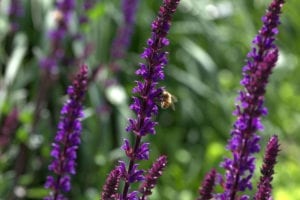
After five years or so, you may want to divide your meadow sage. This invigorates the plant and also gives you more plants. Early in the spring, when you would cut back the previous year’s growth, dig up the plant, keeping most of the roots intact. Then divide it into two to four sections, like a pie. I have found a serrated bread knife to be most useful for this task. Then replant them in other sunny spots in your garden. Easy as pie!
I have found all of my meadow sages at local nurseries in southern Utah. In Cedar City, I would try Ladybug Nursery. Ballard’s and Ali’s Organics in La Verkin would be great sources in that area. In St. George, Sandia Greenhouses, IFA, Star Nursery, Lowe’s, and Home Depot are where I would check for meadow sage. A great online source for meadow sage is High Country Gardens. If you’re not sure if it’s meadow sage look for the botanical names, “Salvia sylvestris” or “Salvia nemorosa.” If this name appears on the tag, you can be sure that you are getting this amazing perennial winner for your southern Utah garden.

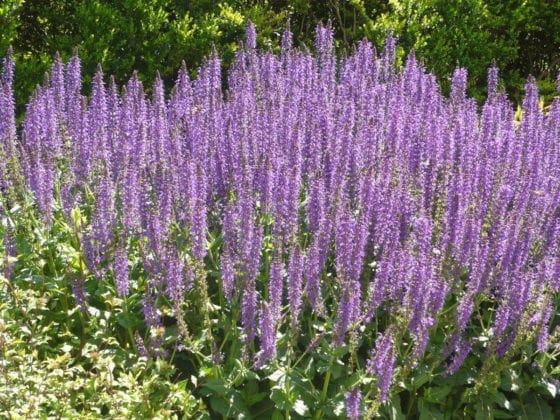
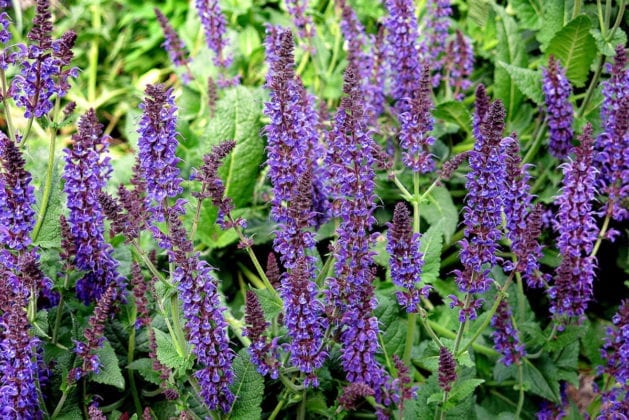
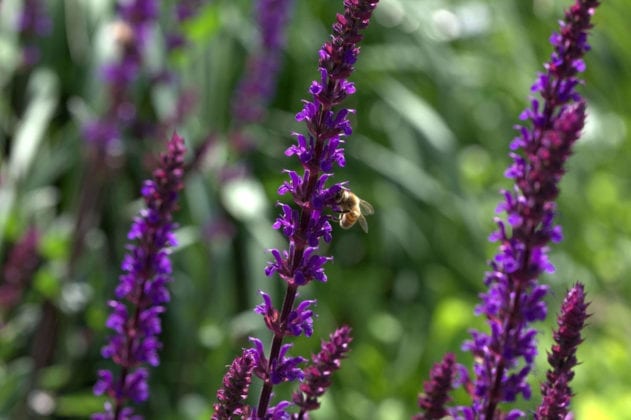
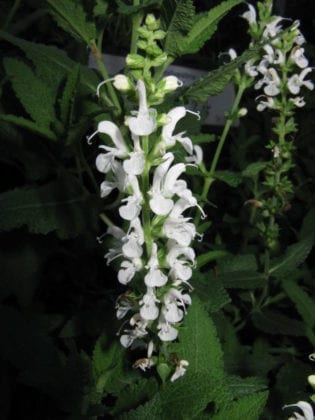



I’m moving to the St George area next week from Alaska. Needless to say I have a lot to learn about gardening in this area. Are there any garden clubs or botany/horticulture classes that anyone would recommend?
Here is a helpful website for southern Utah gardeners. In addition to planting calendars and plants lists, there is info about the Master Gardener course that begins each January. http://dixiegardener.org/
The Dixie Garden Club meets from September – June on the third Wednesday of each month at 1pm. Meetings are held at members homes or other locations. Contact me for further information. leighmeagan@centurylink.net